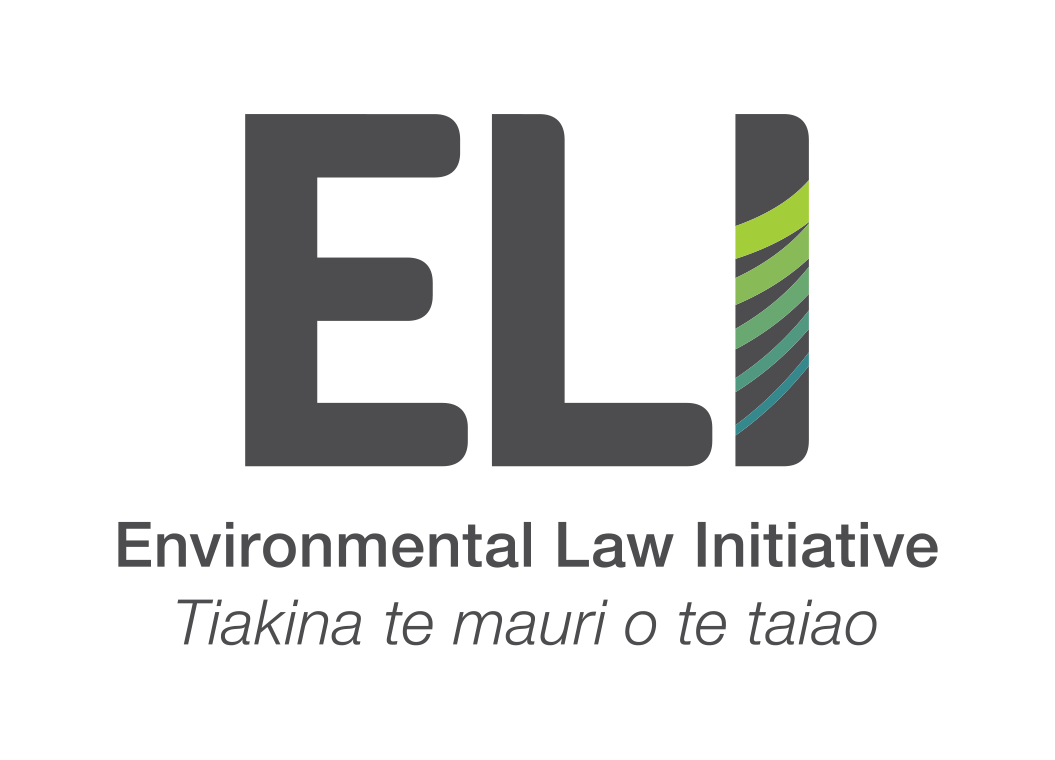Recognising and managing the climate impacts of wetland drainage
Wetlands - particularly peat wetlands - cover about 3% of the earth’s land surface and store twice as much carbon as all of the world’s forests combined. Wetlands play a vital role in the health of Aotearoa’s biodiversity and climate, providing vast and long-term carbon sequestration.
Healthy wetlands also perform a range of other impressive functions. Worried by the state of our water quality? When healthy, wetlands act as natural purifiers, filtering the silt and nutrients from land runoff before it pollutes rivers and streams. Anxious about extreme weather events? Wetlands absorb heavy rain and release water gradually, serving as natural buffers for tsunamis and floods. Passionate about biodiversity? Wetlands provide essential habitats for a diversity of native birds, fish, invertebrates, and plants to thrive.
But these benefits can only be enjoyed as long as wetlands remain wet. When wetlands are drained and used for agriculture, the huge amounts of carbon stored in the habitat are slowly released into the atmosphere, accelerating climate change.
ELI’s first step in working to bring wetlands to the fore in our climate policy was through our submission to the Climate Change Commission on its Draft Report: Ināia tonu nei: a low emissions future for Aotearoa.
ELI Partnered with the National Wetland Trust and commissioned a Technical Report from paleoecologist Dr. Michelle McKeown to inform our submissions on the Commission’s Draft Report. Dr. McKeown’s report reviews the research which quantifies just how significant these losses from New Zealand’s drained peatlands are, and what can be done to manage them better.
ELI wanted to ensure the Commission had the best information on hand to make informed recommendations about how New Zealand should capture the role of wetlands and their drainage in our emissions accounting. But further than that, we wanted to lay out the clear evidence that supports protecting New Zealand’s existing wetlands and creating pathways to achieving more climate-friendly ways to manage the peatlands we continue to drain.
The Climate Change Commission adopted our recommendations to strengthen advice on wetlands and peat soils. There are now recommendations in the Commission’s Report that:
New Zealand avoid further degradation of wetlands and peatlands to stop their loss of carbon (p33);
that the Government develop methods to account for carbon losses from peatlands in emissions budgets and take steps to prevent these losses (p53);
Preventing loss of carbon from drained peatlands and the destruction of wetlands is necessary.
However, while the Commission did acknowledge the potential for rewetting peat soils as the method of preventing loss of carbon from drained peatlands, ELI’s recommendations for the policies needed to begin to do this were not specifically included. The potential for farming on wet soil, known as paludiculture, needs investment and research if we are to transition away from continuing to drain our peatlands (see the recent NZ Geographic and Eloise Gibson articles on the topic). Stronger legal frameworks are also needed to ensure we consider all of the effects of our land-use decisions on the environment when planning and consenting resource activities.
The Commission’s report is a start, and the recommendations should be adopted. ELI will look to the Government to see that it urgently takes up the opportunity to implement meaningful steps to achieve them.

